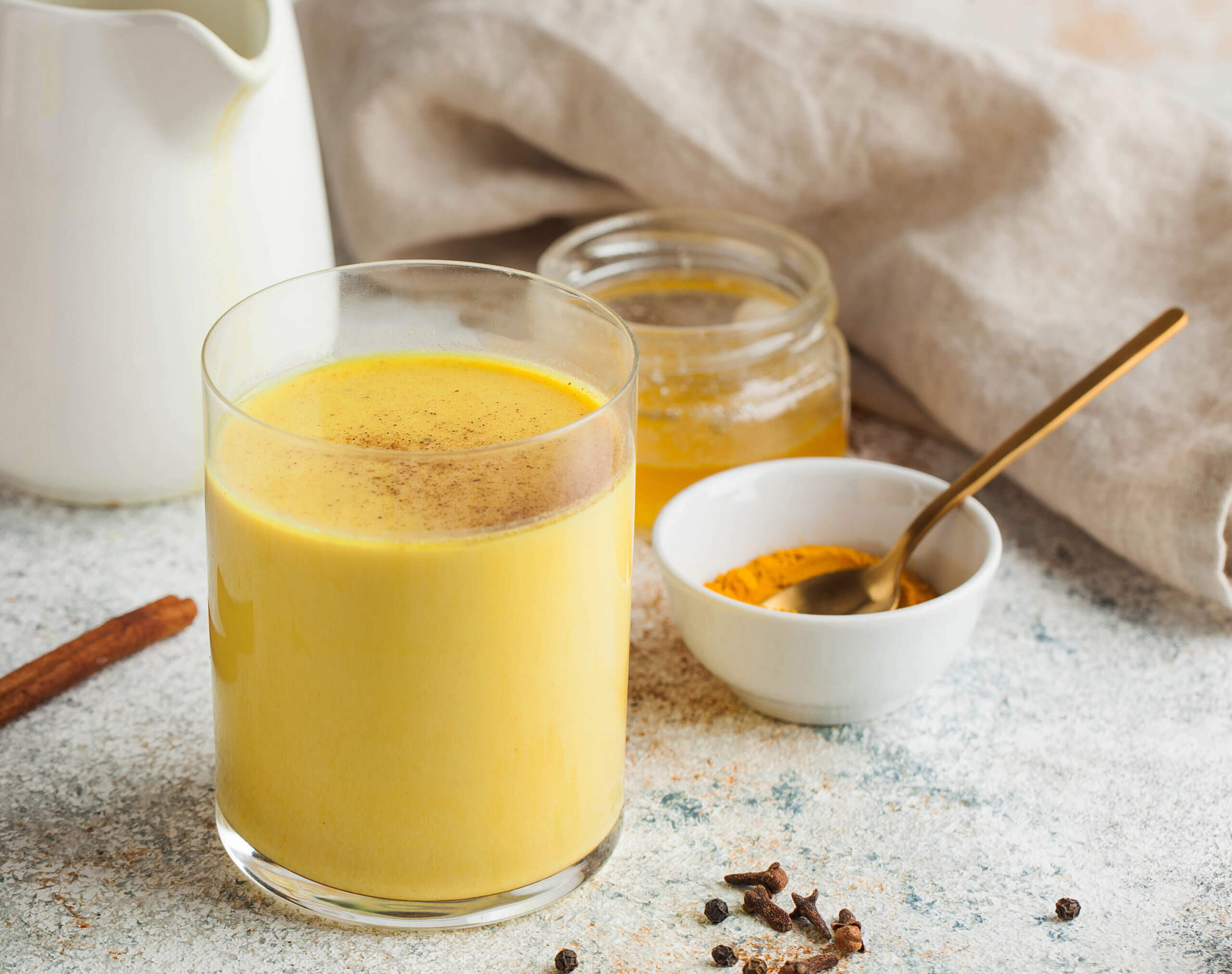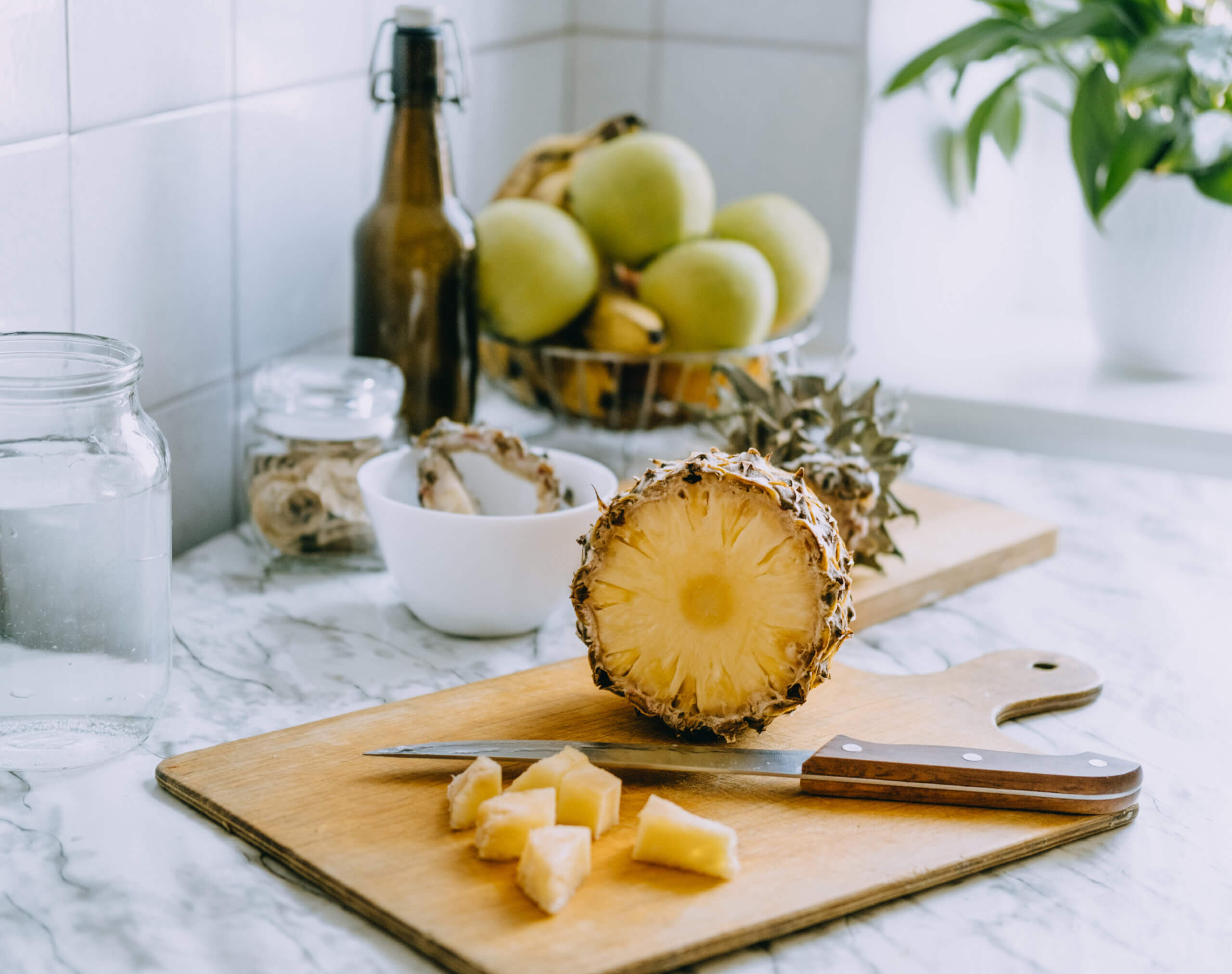Turmeric, also known as golden root, is far more than just an ordinary spice. This radiant yellow powder, derived from the root of the turmeric plant, is a true natural treasure. Not only does it bring a distinctive colour and earthy flavour to many dishes, it also offers an impressive range of health benefits. Turmeric plays a central role in the cuisine of many cultures, especially Indian and South-East Asian. But what makes this spice so special? Let’s dive in and discover more about this golden wonder.
Origin
The turmeric plant (Curcuma longa) belongs to the ginger family and originally comes from South Asia. Today, it is mainly cultivated in India, Indonesia and China. India is the largest producer and exporter of turmeric, and it has been used there for over 4000 years in both cooking and traditional medicine. The plant thrives in tropical climates and requires plenty of warmth and moisture to grow. Turmeric first reached Europe in the Middle Ages via the Silk Road.
Active ingredients or effect
The main active compound in turmeric is curcumin, a powerful antioxidant with anti-inflammatory properties. Curcumin has shown itself to be wonderfully versatile:
- Anti-inflammatory: Helps to reduce chronic inflammation, often at the root of many illnesses.
- Antioxidant: Fights free radicals and helps protect cells from damage.
- Supports brain function: Research suggests that curcumin may stimulate the growth of brain cells and could help reduce the risk of neurodegenerative conditions such as Alzheimer’s. [1, 2, 3, 4]
- Strengthens the immune system: Supports your body’s natural defences and helps ward off illness.
In addition to curcumin, turmeric also contains essential oils that provide further health benefits.
“
Sorry, there is no magic formula. You have to eat healthily and live healthily to be healthy and look healthy.
Morgan Spurlock
Buying turmeric
When buying turmeric, there are a few things worth looking out for to ensure the best quality:
- Organic quality: Choose organic turmeric to make sure it has been grown without pesticides.
- Fresh: Fresh turmeric root is often more aromatic and intense than the dried version.
- Powder form: If buying turmeric powder, look for a bright, vibrant yellow and airtight packaging to preserve freshness.
Processing
Turmeric can be enjoyed in many different ways:
- Fresh: Peel and grate the root to add to curries, smoothies or salads.
- Powder: Perfect for seasoning rice, vegetables, soups and stews.
- Tea: Make a soothing turmeric tea by stirring the powder into hot water with a little black pepper and lemon.
Tip: Always combine turmeric with a pinch of black pepper. The piperine in pepper boosts the bioavailability of curcumin by up to 2000 times!


Note
Although turmeric has many health benefits, it’s important to enjoy it in moderation. The European Scientific Cooperative on Phytotherapy (ESCOP) and the World Health Organization (WHO) recommend a daily intake of up to 3 g of turmeric powder from the dried rhizome. Too much turmeric may cause digestive discomfort. People with gallstones or bile duct problems should consult a doctor before taking turmeric or turmeric supplements, as it promotes bile production, which may trigger biliary colic.
Did you know?
Turmeric is also a favourite in natural cosmetics. Thanks to its anti-inflammatory and antibacterial qualities, it is often used in face masks and skin creams, where it can help reduce blemishes and refine the complexion. Traditionally, turmeric has also been used as a natural dye – for textiles as well as in religious rituals.

Recipe idea: Golden milk
To finish, here’s a simple and delicious recipe: golden milk. This warming drink is especially popular among vegans and anyone who values a healthy lifestyle.
Ingredients:
- 200 ml plant-based milk (such as almond or oat milk)
- 1 tsp turmeric powder
- 1/2 tsp cinnamon
- 1 pinch of black pepper
- 1 tsp maple syrup or agave syrup
- 1 small piece of fresh ginger (grated) or 1/2 tsp ginger powder
Preparation:
- Gently heat the plant-based milk in a small saucepan, but do not let it boil.
- Add the turmeric powder, cinnamon, black pepper and ginger.
- Stir well and let simmer gently for 5–10 minutes.
- Sweeten with maple or agave syrup to taste.
- Strain into a mug and enjoy warm.
Now it’s over to you! Try turmeric in your own kitchen and explore the many ways this wonderful spice can enrich your life. Share your favourite recipes and tips in the comments – and if you’d like even more inspiration for healthy living, subscribe to my newsletter to stay up to date.
Disclaimer: This text is not a substitute for professional medical advice, diagnosis or treatment. It must not be used as a basis for self-diagnosis or for starting, changing or discontinuing medical treatment. Always consult a qualified healthcare professional if you have any health concerns or symptoms. Greentrinsic accepts no liability for any discomfort or harm arising from the use of the information provided.
Sources:
1. Parikh, A.; et al. (2016): A Novel Formulation of Curcumin for Alzheimer’s Disease (AD): In Vitro and In Vivo Evaluation, Alzheimer’s and Dementia, (https://www.researchgate.net/publication/309218359_A_NOVEL_FORMULATION_OF_CURCUMIN_FOR_ALZHEIMER’S_DISEASE_AD_IN_VITRO_AND_IN_VIVO_EVALUATION)
2. Ege, D. (2021): Action Mechanisms of Curcumin in Alzheimer’s Disease and Its Brain Targeted Delivery. Materials (Basel), (https://www.ncbi.nlm.nih.gov/pmc/articles/PMC8234049/)
3. Shrikant, M.; Kalpana, P. (2008): The effect of curcumin (turmeric) on Alzheimer’s disease: An overview, Annals of Indian Academy of Neurology, (https://www.ncbi.nlm.nih.gov/pmc/articles/PMC2781139/)
4. Chen, M.; et al. (2018): Use of curcumin in diagnosis, prevention, and treatment of Alzheimer’s disease. Neural Regeneration Research, (https://www.ncbi.nlm.nih.gov/pmc/articles/PMC5950688/)



